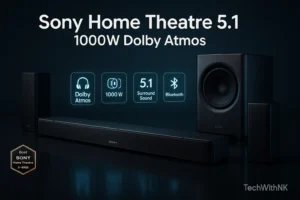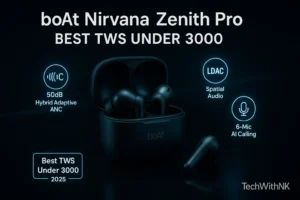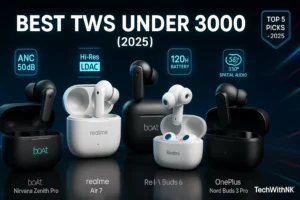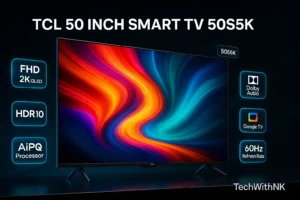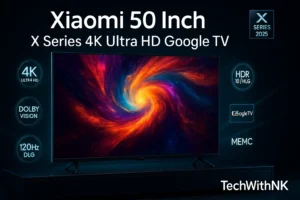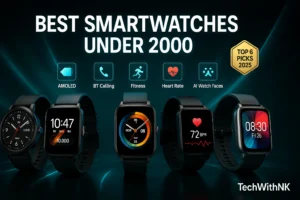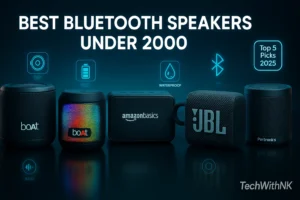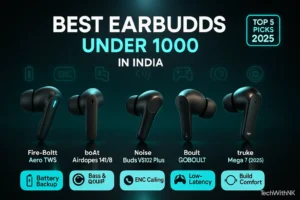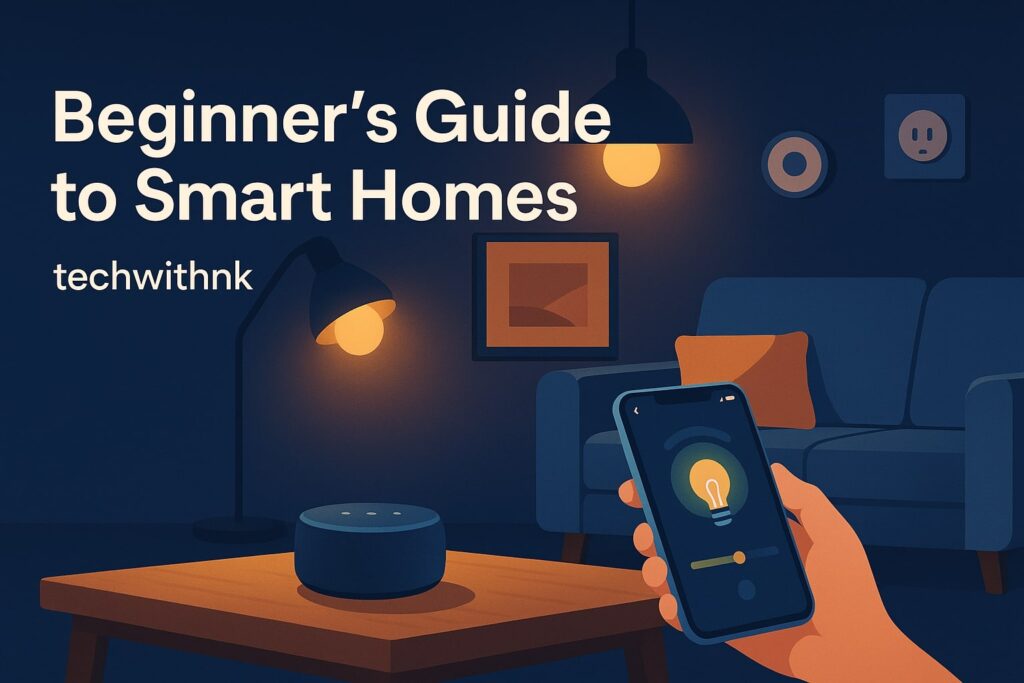Table of Contents
ToggleIntroduction
In a world that is rapidly becoming more interconnected, the need to understand each other across linguistic boundaries has never been greater. Language, once a formidable barrier, is now being dismantled by the astonishing pace of technological innovation. One of the most groundbreaking advancements in this space is the development of smart glasses capable of translating any language in real-time. This revolutionary invention is poised to redefine communication, travel, business, education, and global collaboration.
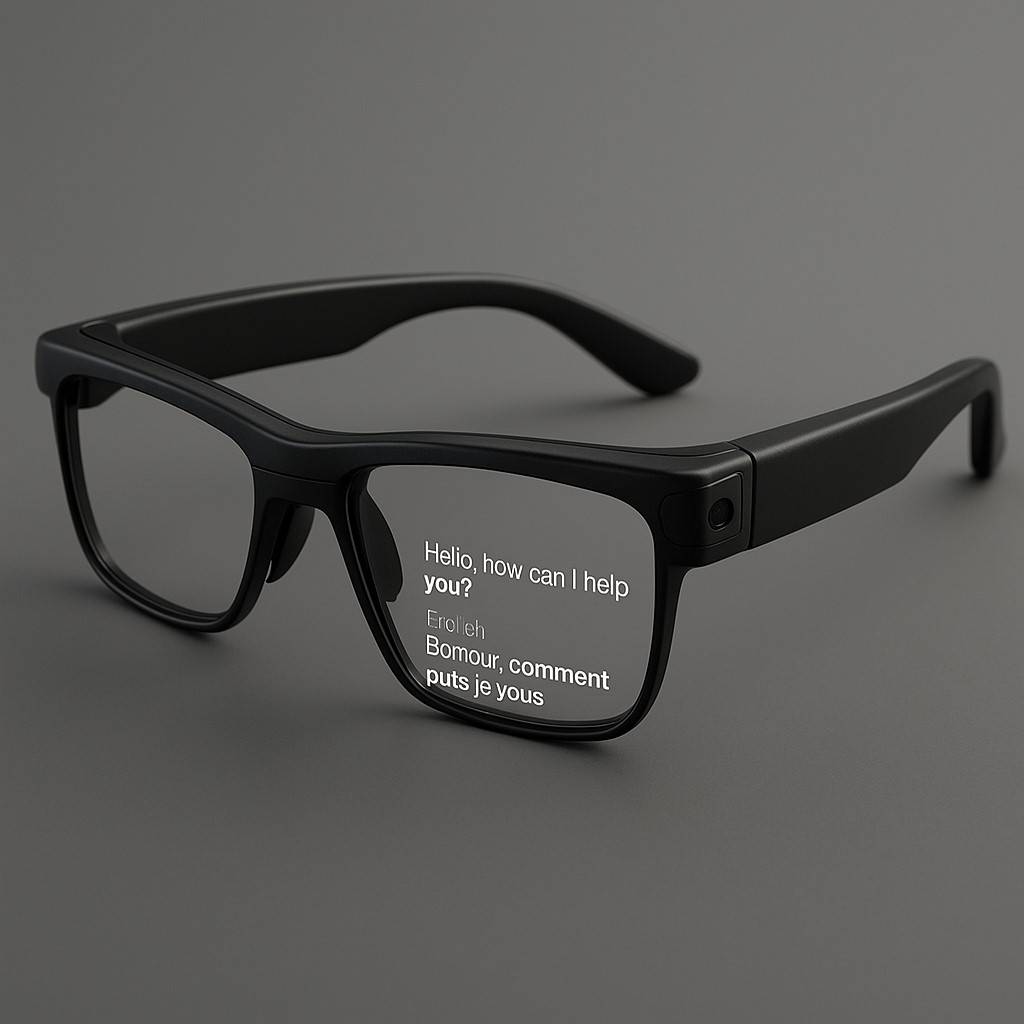
The Concept Behind Smart Translation Glasses
The concept of smart glasses that can translate languages in real-time blends augmented reality (AR), artificial intelligence (AI), and advanced linguistic algorithms. Unlike smartphone translation apps that require manual input or camera pointing, smart translation glasses offer a seamless and immersive experience. They function by detecting spoken or written language in the user’s environment and instantly displaying the translated text directly on the lenses or through an integrated audio system.
These glasses utilize a combination of microphones, cameras, AR display technology, and AI-powered language models. The microphone picks up spoken words, while the camera can read printed or written text. The onboard processor or cloud-based system then translates the content using machine learning algorithms, and the output is projected into the user’s line of sight.
Key Features and Capabilities
Real-time Speech Translation Smart glasses can recognize and translate spoken words almost instantly. Whether you’re having a one-on-one conversation or listening to a speaker at a conference, the translation appears in your field of vision in your preferred language.
Text Recognition and Translation Equipped with high-resolution cameras, the glasses can read signs, menus, documents, and more. The translation is superimposed over the original text, allowing for easy comprehension without shifting attention.
Multilingual Support The most advanced models support dozens of languages, from widely spoken ones like English, Spanish, Mandarin, and Arabic, to less commonly used languages. Some even offer dialect detection.
Offline Functionality For travelers in remote areas, offline language packs enable basic translations without the need for an internet connection.
Customizable User Interface Users can customize the display preferences, such as font size, position on the lens, and language pairings. Some glasses also include voice control for hands-free operation.
Augmented Reality Integration Beyond translation, AR elements can enhance contextual understanding, like pointing out landmarks or offering cultural notes about phrases.
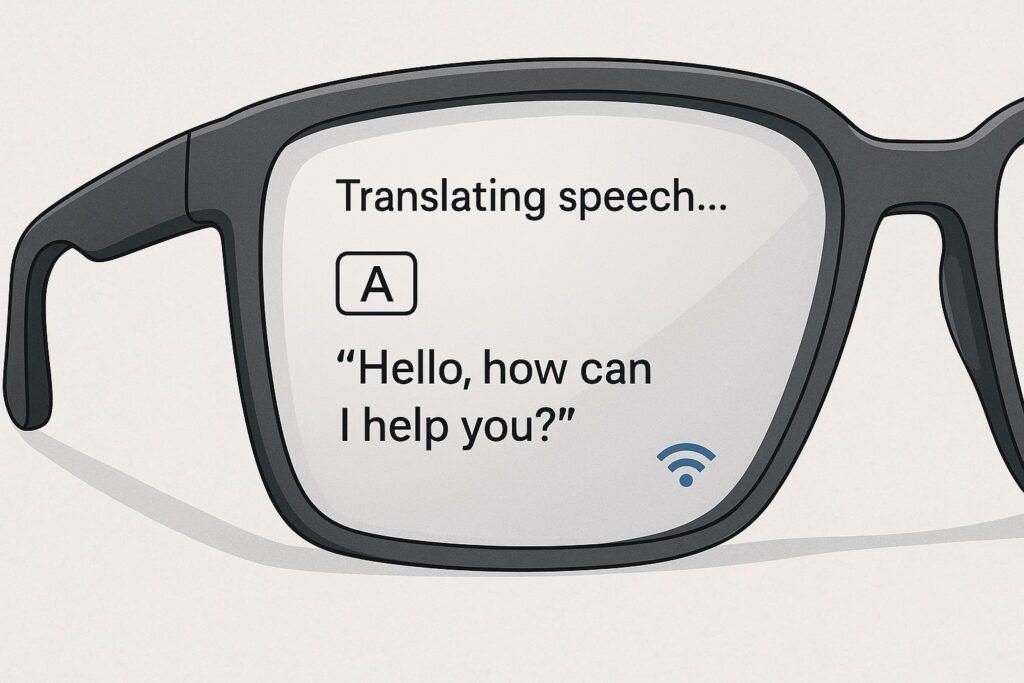
The Technology Under the Hood
Smart translation glasses are a confluence of several technological pillars:
Natural Language Processing (NLP): This allows the system to interpret and generate human language. NLP is vital for understanding context, idioms, and slang.
Neural Machine Translation (NMT): A subfield of AI that enables more fluid and accurate translations by learning from massive datasets.
Speech Recognition: Converts spoken language into text. It must be fast and accurate, even in noisy environments.
Optical Character Recognition (OCR): Enables the device to identify and interpret text in images, such as road signs or printed documents.
Edge Computing and Cloud Integration: Processing can be done locally on the glasses or in the cloud, depending on complexity and latency requirements.
Use Cases Across Industries
Travel and Tourism Travelers no longer need to fumble with phrasebooks or apps. Whether ordering food, asking for directions, or reading cultural signage, communication becomes effortless.
Education In multicultural classrooms or international universities, these glasses help students understand lectures, collaborate on projects, and absorb reading material in real-time.
Business and Trade Global business meetings become more inclusive and productive. No need for interpreters during negotiations, training sessions, or customer interactions.
Healthcare Doctors working in foreign countries or treating immigrant patients can communicate clearly, improving diagnosis accuracy and patient trust.
Emergency Services First responders can communicate with victims or bystanders regardless of language, which is crucial in crises where every second counts.
Entertainment and Media Watch foreign films, attend international events, or read foreign books with instant comprehension.
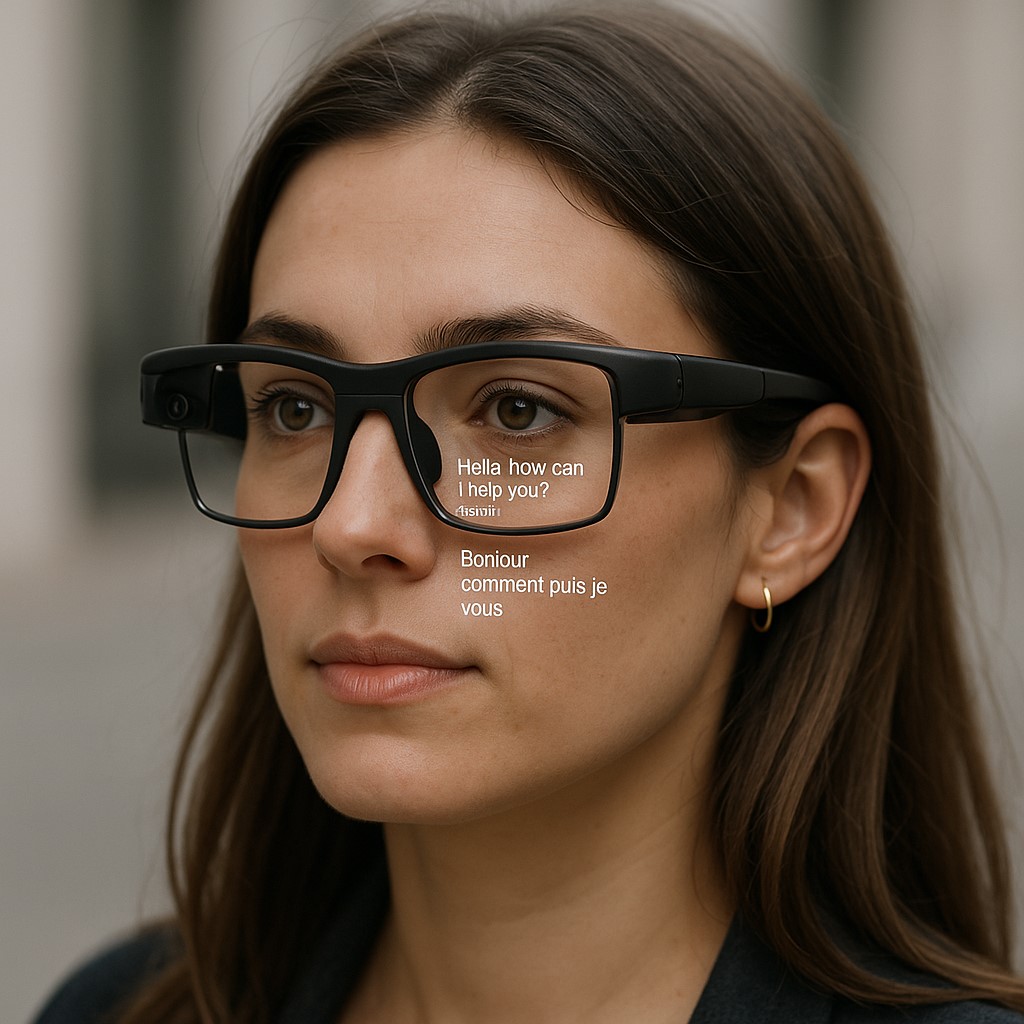
Leading Innovators in the Space
Several tech giants and startups are racing to dominate this emerging field:
Google: Building on their experience with Google Translate and Google Glass, they have prototyped models offering basic translation capabilities.
Vuzix: Partnering with language technology companies to integrate real-time translation into their AR glasses.
Meta (formerly Facebook): Their investments in AR and AI signal future products combining social media with language translation.
XRAI Glass: A startup focused on real-time captioning for the hearing-impaired, with potential for multilingual support.
Challenges and Limitations
Despite their promise, smart translation glasses are not without hurdles:
Accuracy: While AI translation has improved drastically, nuances, cultural references, and idioms can still be misinterpreted.
Battery Life: High-performance features like AR and real-time processing are power-hungry.
Privacy: Recording audio or visual data in public can raise ethical and legal concerns.
Cost: Early versions are expensive, limiting accessibility.
Bulkiness: Some models are still too large or conspicuous for everyday wear.
The Future of Language and Technology
As machine learning models evolve, we can expect even more natural, fluid translations. Future iterations of these glasses could incorporate emotion detection, sentiment analysis, and cultural context adaptation. Imagine a world where misunderstandings due to language are virtually eliminated, fostering deeper global empathy and cooperation.
Moreover, integration with the Internet of Things (IoT) could allow glasses to interact with smart environments, offering real-time, location-based translations. Educational institutions may adopt them as standard tools, and global conferences might eliminate the need for human translators altogether.
Eventually, smart translation glasses might be miniaturized into contact lenses, offering invisible, always-on translation capabilities.
Ethical Considerations
As with any transformative technology, ethical oversight is essential. Ensuring data security, preventing misuse for surveillance, and promoting equitable access must be central concerns. Companies must also strive to include underrepresented languages and dialects, ensuring linguistic diversity is preserved.
Final Thoughts
Smart glasses that translate any language are not just a marvel of engineering; they are a bridge to a more connected, understanding, and inclusive world. This invention has the potential to break down one of humanity’s oldest barriers, bringing us closer together in ways previously imagined only in science fiction. As the technology matures and becomes more accessible, it promises to reshape how we interact, learn, and grow in a truly global society.
The age of the universal translator is not only upon us—it’s wearable, stylish, and smarter than ever.
Can these glasses translate both speech and text?
Yes. They can translate spoken language during conversations and also interpret printed or handwritten text such as signs, menus, books, or labels.learn about it
How much do these smart glasses cost?
Prices vary widely based on features and brand, ranging from $300 to over $1,500. As the technology matures, more affordable models are becoming available.
What are smart glasses that translate languages?
Smart translation glasses are wearable devices equipped with AI and AR technology that can recognize spoken or written language and provide real-time translations directly on the lens or via audio.


